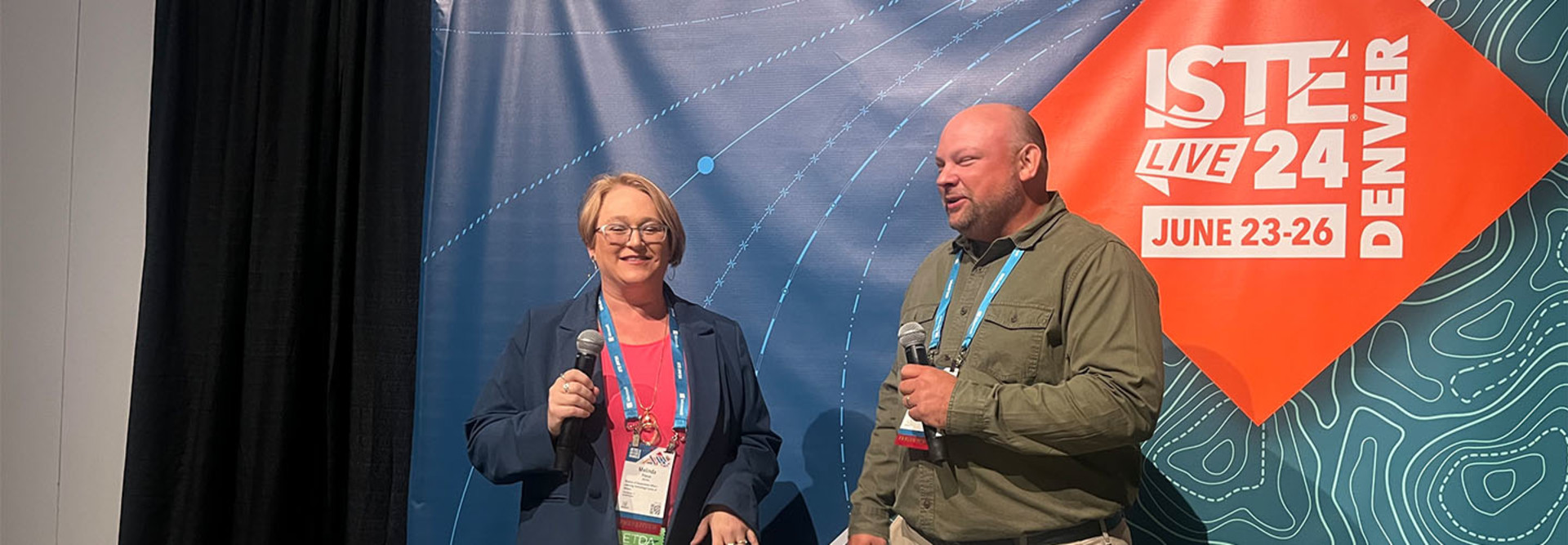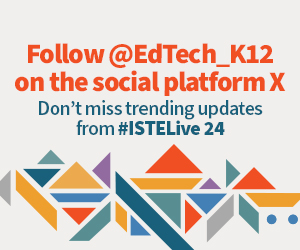Additionally, for many years Morgan served as a one-person tech department, managing an annual technology budget of $85,000. He now has a technology aide.
Even so, Fiscus, who works for the state’s education service agency for technology, said that due to the enthusiastic support of Superintendent Larry Lovel, the district is “one of my less fortunate but more advanced districts. They were always thinking about the importance of educational technology.”
Laying the Foundation for Technology in Schools
Though the district's technology budget is small, Morgan said that it is still good for the area.
Still, “out of that budget, we have to maintain the website, student information system, disaster recovery backup, cybersecurity, district internet access and network equipment,” he noted.
WATCH: See how a Wi-Fi 6 upgrade helps students build technology skills.
Fiscus, who works with districts across the state, says that the Trico budget is not unusual. “Most districts in Illinois are operating on a similar budget or no budget,” she said. “For most schools, E-Rate is their technology budget.”
E-Rate is a federal program that can offset up to 90 percent of the cost of internet service and equipment for schools. Morgan used E-Rate funding to build the school’s internet infrastructure.
Prior to the pandemic, he planned ahead for a one-to-one device program and updated the school’s network. He repurposed old devices. He collaborated with teachers to address essential technology applications.














